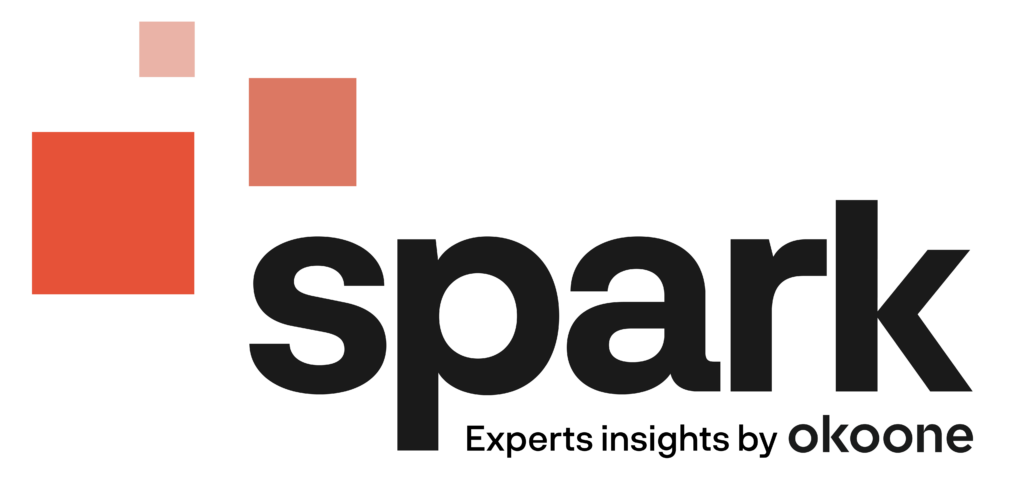Transform your hiring decisions with key project metrics
Project management metrics do more than monitor project timelines and budgets—they provide a strategic edge in hiring. In applying these metrics, organizations gain deeper insights into team performance, staffing needs, and overall efficiency.
The data helps to pinpoint areas where the team is excelling and where adjustments are needed, directly impacting who should be hired next. It also informs decisions about the required skill sets, the balance between generalists and specialists, and the ideal mix of full-time, part-time, and freelance workers.
Metrics highlight key aspects such as:
- Quality: Measures related to accuracy and client satisfaction levels provide clear indicators of how well the team is meeting expectations—showing whether the current team can maintain or improve quality standards, guiding decisions about hiring additional expertise or upskilling current staff.
- Speed: Cycle time and on-time delivery rates reflect how efficiently the team works. These metrics can identify bottlenecks or areas needing faster turnaround, influencing whether more staff or different skill sets are required to meet deadlines consistently.
- Cost: Staying within budget and maintaining competitive pricing remains a priority. Understanding where costs are generated—whether through overstaffing, overtime, or inefficient processes—helps in deciding the type of hires needed, such as lower-cost freelance workers for less complex tasks.
Through focusing on these dimensions, organizations can validate the “what”—the volume, complexity, and level of effort required for projects—and make informed decisions on the “who”—the people needed to deliver these outcomes effectively.
Tap into hidden potential in your project data to guide hiring
Project management metrics are foundational for aligning talent with specific tasks, making sure the right people are in place to deliver on organizational goals efficiently. Data analysis paints a clear picture of current performance and identifies gaps that can be filled through strategic hiring.
- Quality alignment: Understanding the capabilities required to maintain or improve quality is a must. Metrics on task accuracy and client feedback show where the team excels and where additional skills are needed. For instance, frequent errors or reworks might indicate a need for more specialized skills.
- Capacity planning: Metrics on workload and capacity help make sure the team size is sufficient to handle current and projected work volumes. If cycle times are consistently over target, this might signal that the team is overburdened, requiring additional hires or a redistribution of tasks.
- Cost management: Data on labor costs and project expenses guide decisions on whether to hire full-time staff or use more flexible options, like part-time or freelance workers—helping maintain budgetary constraints while meeting delivery goals.
Evaluating skill sets against deliverables such as volume, complexity, and level of effort allows for a clearer view of whether the current team composition is optimized. Organizations can also determine if they have the flexibility to scale up or down based on workload changes, making adjustments in a cost-effective manner.
Build an agile team ready to scale and succeed
Reviewing team composition involves a detailed analysis of roles, responsibilities, and the skills needed to meet service-level agreements (SLAs) and maintain high levels of client satisfaction. Understanding the balance between generalists and specialists is key to putting together a team that is both versatile and innovative.
- Innovation and flexibility: Specialists can introduce high-level expertise and innovative solutions, often resulting in unique client offerings and higher satisfaction. On the other hand, generalists provide flexibility, allowing for a broader range of tasks to be handled by fewer people.
- Quality and delivery speed: A balanced team improves both the speed and quality of work. Generalists can manage multiple tasks, while specialists focus on high-value, complex activities that require specific knowledge or skills. Aligning this balance with business needs ensures that SLAs are met efficiently and effectively.
- SLAs and capacity management: Service-level agreements should align closely with business objectives, making sure capacity meets demand. Regularly assessing team roles and skill requirements allows for adjustments to staffing and skills, maintaining alignment with both current and future needs.
Create a dynamic workforce to handle any demand
In environments where demand fluctuates, a flexible staffing model provides a practical solution. Mixing full-time, part-time, and freelance staff creates a dynamic workforce capable of adapting to changes quickly.
- Flexibility and scalability: Full-time staff provide stability and core competencies, while part-time and freelance workers add flexibility. This then helps manage peak workloads without the long-term cost commitments of a fully permanent workforce.
- Cost efficiency: Maintaining a diverse staffing model lets organizations manage costs effectively by adjusting the balance between fixed and variable labor costs. For example, leveraging freelancers during high-demand periods helps avoid overtime costs and makes sure full-time staff stay focused on strategic tasks.
- Usage rates: Keeping usage rates in check is key to sustaining profitability. Underused staff lead to inefficiencies and higher costs, while overutilized staff can result in burnout and decreased quality.
Use data to choose your path and hire the right talent
Data-driven insights support strategic decisions about business growth, focusing on either high-complexity, high-margin campaigns or low-complexity, high-volume production.
- High-complexity campaigns: Investing in complex, high-margin projects requires a team with specialized skills capable of delivering high-quality outcomes—typically involving hiring experts with niche skills or creative talents that add major value.
- Low-complexity production: Opting for high-volume, low-margin projects requires a different approach. In this scenario, the focus is on efficiency and speed, requiring generalists or workers who can quickly turn around deliverables at scale.
Using project data to assess the required capabilities, workload, and client demands helps in defining the ideal hiring strategy aligned with the chosen growth path.
Stay ahead by constantly tweaking your hiring tactics
Continuous calibration of hiring strategies is key in responding to changing business needs. Preparing for business cycles and evolving team skills makes sure the organization stays agile and responsive.
- Adapt to business cycles: Regularly reviewing hiring strategies in the context of business cycles helps maintain an adaptable workforce that meets evolving demands. Anticipating shifts in demand, hiring plans can be adjusted proactively.
- Cultivate a growth culture: Encouraging skill development retains talent and builds a workforce capable of evolving alongside business needs. A culture of continuous learning and development helps reduce turnover and builds loyalty.
Four-step calibration process:
- Define success metrics: Regularly track data to measure progress against goals.
- Define team composition: Align the workforce with the right mix of skills and staffing models.
- Establish a growth culture: Promote ongoing skill development to meet new challenges.
- Review metrics: Evaluate performance against key performance indicators (KPIs) to inform adjustments.
Use data-driven hiring to secure long-term success
A data-driven approach to hiring positions the organization for long-term success by making sure the right talent is in place to meet both current and future needs.
- Optimize for immediate gains: Use project management data to identify immediate opportunities for improvement, such as reducing costs or improving delivery times.
- Build a scalable model: Make sure the organizational structure supports growth, including investing in training, hiring strategically, or adjusting the workforce composition to remain flexible and responsive.
- Future-proof the organization: Regularly reviewing internal data and adjusting practices positions the organization to navigate future challenges effectively, benefiting the business, team, and individual employees alike.
Through integrating these data-driven insights into hiring practices, organizations can build a resilient, scalable, and forward-looking workforce ready for sustained success.
Final thoughts
Are you truly using the data at your fingertips to build a team that meets today’s needs while anticipating tomorrow’s challenges? It’s time to rethink your hiring strategy through the lens of your project data. What steps will you take to align your talent pool with your long-term vision and market position?





